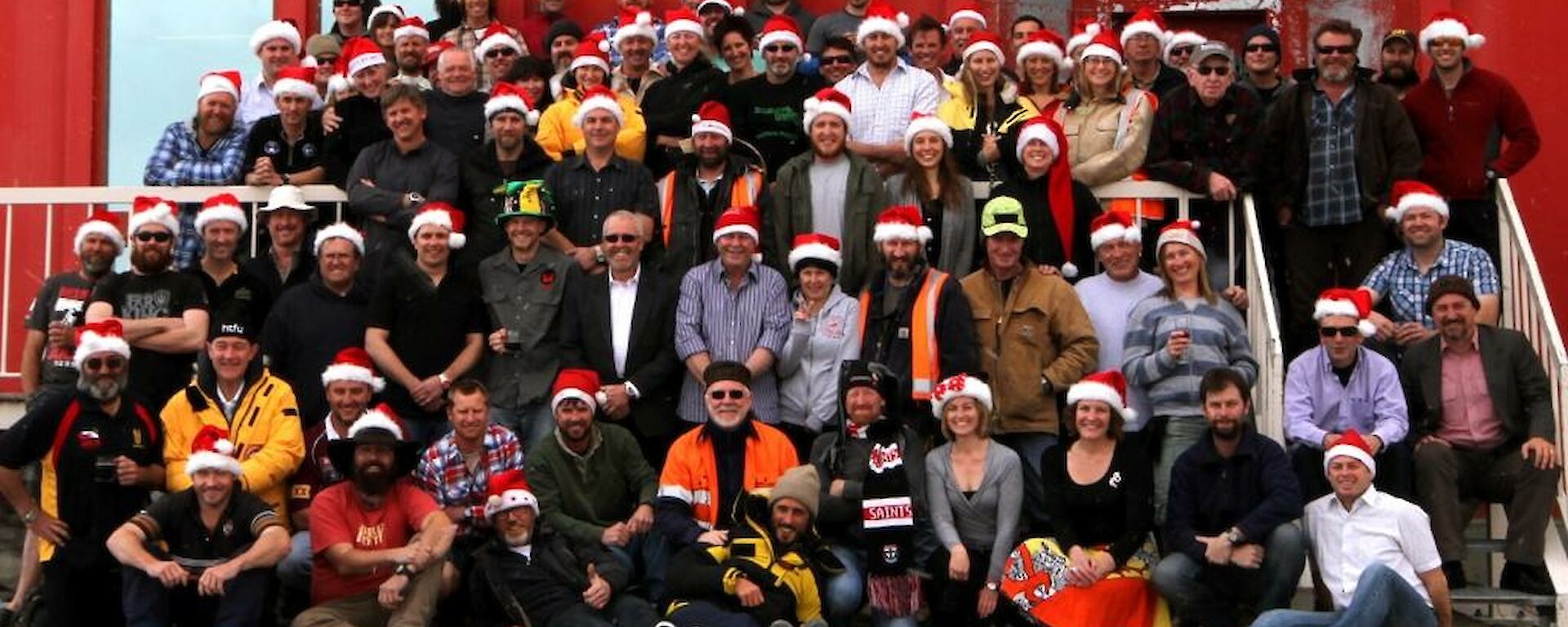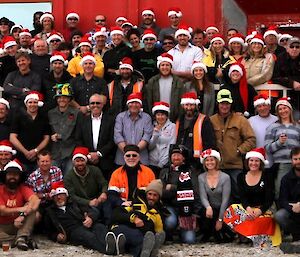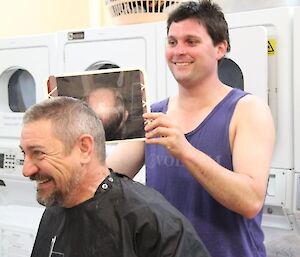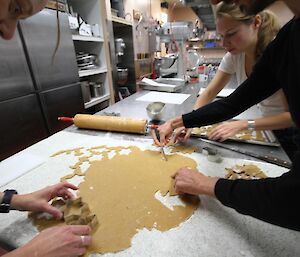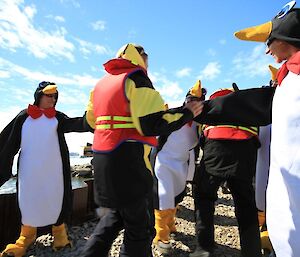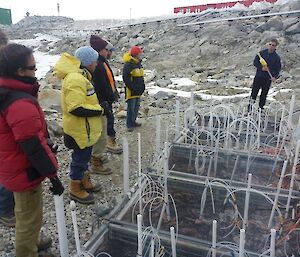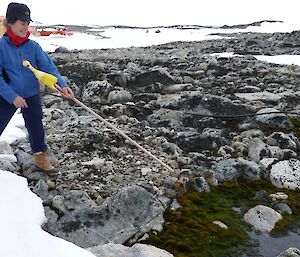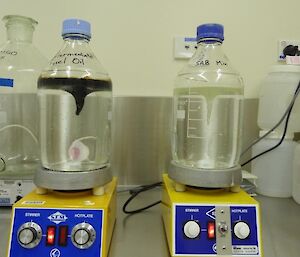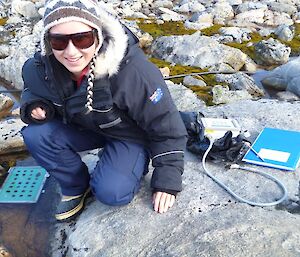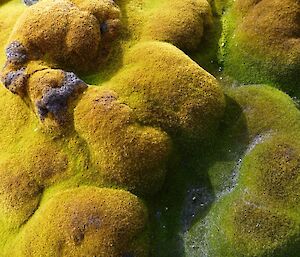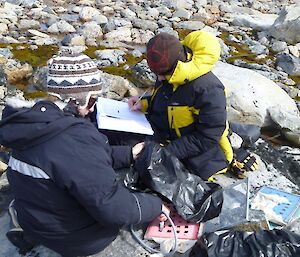Recipe:
- Take around 87 people who have never met, from half a dozen different countries and a huge cross section of society.
- Transport them at least 3443km from their homes, and place them in a big red shed on a remote coastline of the loneliest inhabited continent on earth.
- Leave for 3 to 12 months at −5C to −30C so they not only get along, but thrive.
What’s the secret ingredient to making this recipe work? Here are a few thoughts from some of those that make up the community at Casey Station.
Andy, Medical doctor 1st season: “Diversity and tolerance to others.”
Cam, diesel mechanic 1st season: “A damn good brew master.”
Josh, Pilot 6 seasons at bases from 4 different countries: “Social activities that everyone can get involved in and that bring people together.”
Phil, Electrician 2nd season: “A broad sense of worldly humour.”
Seamus, Tradesperson 1st season: “Honesty.”
Bob, Plumber 9th season: “Ask yourself what can I do to enhance the community? It can be as simple as jumping in and washing a few dishes.”
Mark, Station Leader 1st season: “People working towards a common goal and people who share common values.”
James, Field training Officer 1st season: “Being able to have a laugh.”
Jess, Scientist 4th season: “Acceptance, and people willing to accept people’s diversity.”
Misty, aviation ground support officer 1st season: “Laughter and kindness.”
Bri, Metrologist 3rd season: “ Willingness to involve others and be involved yourself.”
Hully, Ops coordinator 8th season: “The food, it’s all about the food.”
Jason, plant Inspector 1st season: “Easygoing people.”
Aaron, Store person 1st season: “The diversity of station personalities.”
Rhian, Diesel Mechanic 1st season: “It’s the people that makes the place.”
For a station to work well people not only need to be good at their jobs, but easy to get along with. You need diversity for a productive, forward moving community. Imagine how boring it would be if everyone thought and acted the same.
Like all good relationships, people need to talk. Whether it’s a station meeting, a chat over morning smoko, or around a game of darts at the end of the workday, you need to be able to speak your mind with those you work and live with while Antarctica is your home.
For society to function you need rules, and for people to follow them. When things go wrong it’s good to learn the lessons from those mistakes and move on. Antarctica is definitely not the place to carry grudges.
At the end of the day we are all here by choice. So it is in our best interest to make this the best community we can.
So far whatever the formula is at Casey it seems to be working.

